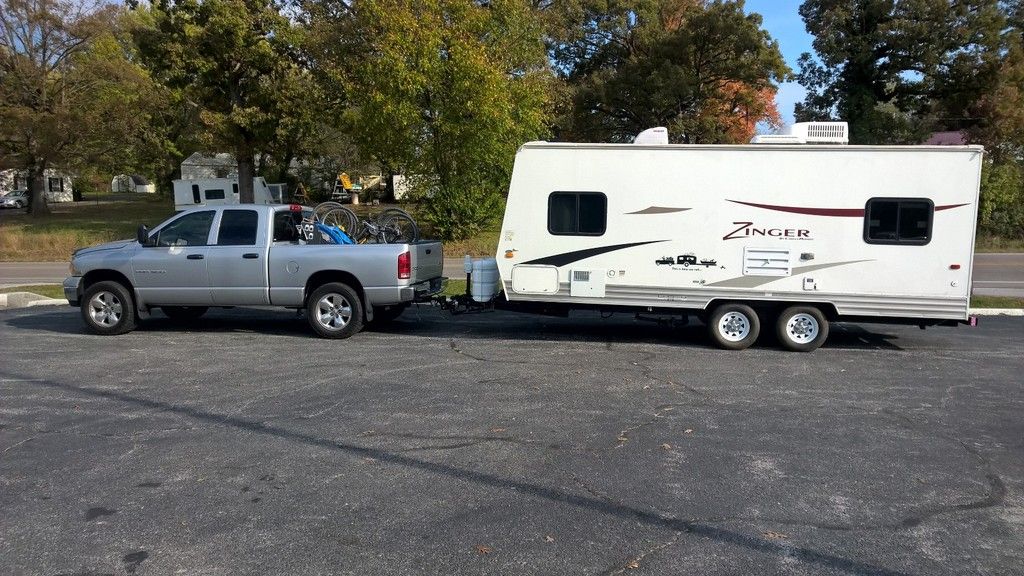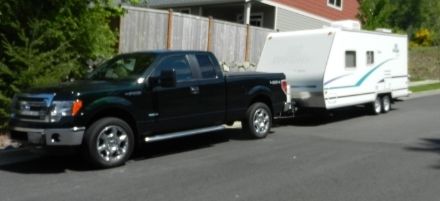imq707s
Oct 31, 2016Explorer
How level should your trailer be when towing?
I have my truck/trailer set up about as good as I can....but the trailer is still a little "nose high". I have the load bars tensioned so that the truck is just about perfectly level while towing.....and I have the ball dropped down as low as I can get it on the hitch bar....but the trailer still is a few inches high in the front, and not perfectly level.
The only real solution I can see is that I need to buy a longer drop hitch bar, so I can move the ball mount down a few more holes. I'm assuming that getting the trailer closer to level will also make the load distribution bars work better....keeping my truck level and being able to use less tension on them. Right now I pretty much have to have them maxed out to keep the truck level.
Should I but a tow bar with more of a drop so I can set the ball lower and get the trailer perfectly level.....or should I just tow it the way it is?
Any advice would be great!!
Here is a picture....you can see that the front of the trailer is slightly higher than the rear.....I think lowering the ball 1.5"-2" would do the trick.

The only real solution I can see is that I need to buy a longer drop hitch bar, so I can move the ball mount down a few more holes. I'm assuming that getting the trailer closer to level will also make the load distribution bars work better....keeping my truck level and being able to use less tension on them. Right now I pretty much have to have them maxed out to keep the truck level.
Should I but a tow bar with more of a drop so I can set the ball lower and get the trailer perfectly level.....or should I just tow it the way it is?
Any advice would be great!!
Here is a picture....you can see that the front of the trailer is slightly higher than the rear.....I think lowering the ball 1.5"-2" would do the trick.

Moderator edit to re-size picture to forum recommended limit of 640px maximum width.

